Yale University Press's Spring List
With the help of the publisher, Shelf Awareness highlights general trade and art & architecture titles from Yale University Press's spring list as well as the highly accessible Little Histories series.
.
With the help of the publisher, Shelf Awareness highlights general trade and art & architecture titles from Yale University Press's spring list as well as the highly accessible Little Histories series.
.
Dear Booksellers and Librarians,
 |
|
| John Donatich | |
When I first arrived at Yale University Press nearly twenty years ago, our book Taliban, by Ahmed Rashid (soon to be in its third edition), had recently been #1 on the New York Times bestseller list. I remember thinking how rich and relevant Yale's list was, and what a fulfillment of our mission it was to inform the conversation around current events with peer-reviewed, scholarly publications that take care to be accessible--or, as a recent book review in the Wall Street Journal put it, "Impeccable scholarship at the service of absolute lucidity, resulting in work that can be enjoyed inside and outside the academy."
Relevance is one of the essential ways in which we measure our impact. Current books like M.E. Sarotte's Not One Inch, Collapse by Vladislav M. Zubok, and The Orphanage by Serhiy Zhadan, one of Ukraine's most important poet/novelists, continue that conversation in essential ways. Our books on the pandemic by Frank M. Snowden, Bernard-Henri Lévy, and John Fabian Witt have also proved essential to our understanding of current predicaments.
We are proud of the series we publish, including the award-winning Jewish Lives, and are excited to announce two upcoming series of short, interpretive biographies that accumulate toward a new way of telling particular histories: Ancient Lives and Black Lives. Our Yale Series of Younger Poets, the oldest annual literary prize in the United States, offers the bestselling Crush by Richard Siken and the National Book Award finalist What Noise Against the Cane by Desiree C. Bailey. Our Margellos World Republic of Letters series in literary translation has now brought to English-language readers the work of writers from over twenty languages and diverse cultures, including Patrick Modiano, Adonis, and Can Xue.
We are also grateful for the recent successes of our art list, from the Catwalk series of haute couture runways to the Metropolitan Museum of Art's exhibition catalogue of Alice Neel and the San Francisco Museum of Modern Art catalogue of the Joan Mitchell show. Our art and architecture publishing program includes beautiful exhibition catalogues issuing from the world's finest museums, important and diverse monographs, critical anthologies, catalogues raisonnés, and much more.
We appreciate our bookselling and librarian partners for the work they do in helping us fulfill our mission to disseminate knowledge, and I am pleased to present you with highlights from our Spring/Summer 2022 list.
Sincerely,
John Donatich
Director, Yale University Press
.
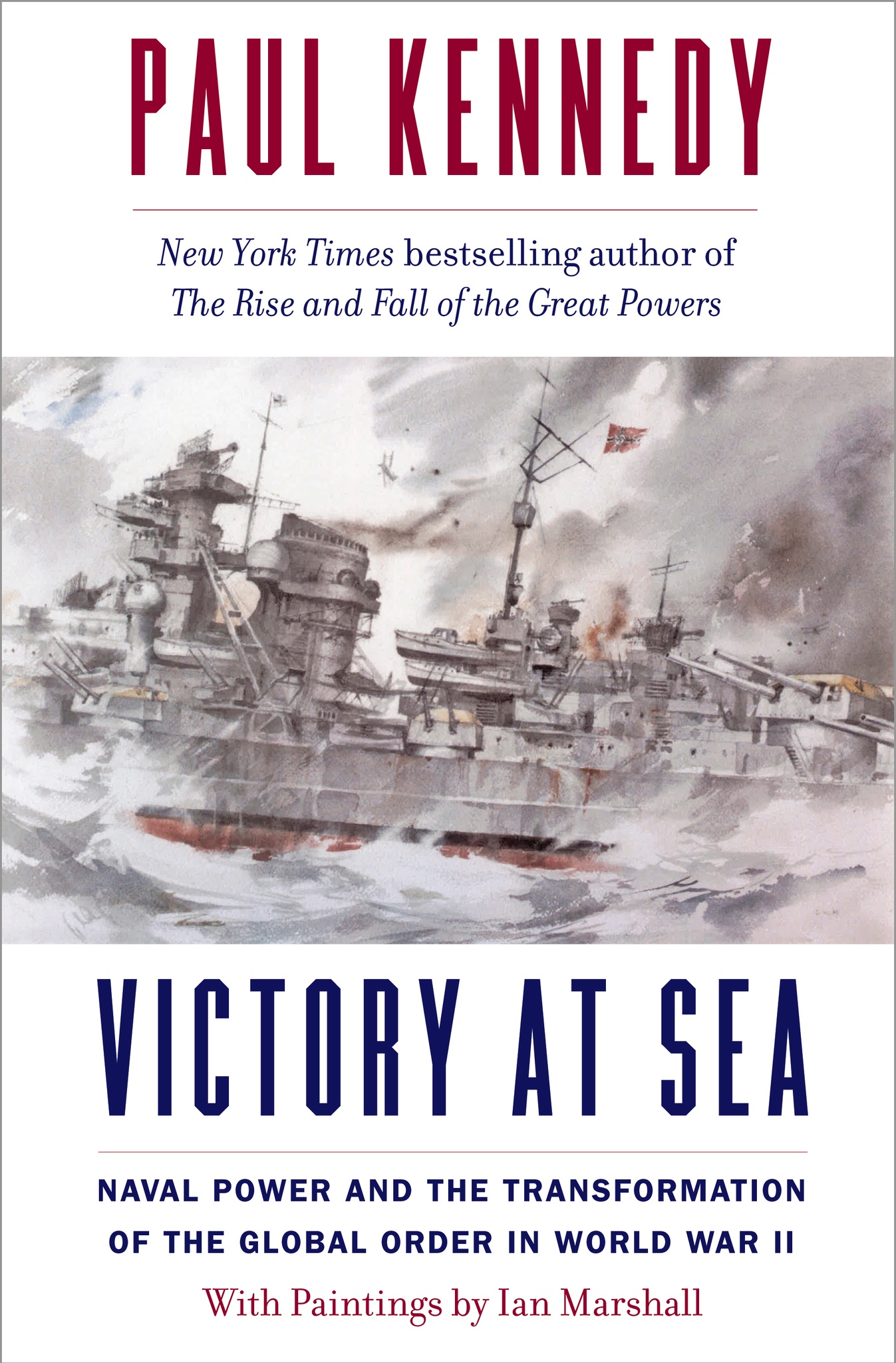 Victory at Sea: Naval Power and the Transformation of the Global Order in World War II by Paul Kennedy (April)
Victory at Sea: Naval Power and the Transformation of the Global Order in World War II by Paul Kennedy (April)
In an engaging narrative reminiscent of his New York Times bestseller The Rise and Fall of the Great Powers, celebrated historian Paul Kennedy tracks the movements of the major navies of the Allied and Axis alliances during World War II. Through naval battles, maritime campaigns, convoys, amphibious landings, and strikes from the sea, Kennedy shows how the strategic landscape for naval affairs was dramatically altered between 1936 and 1946. Victory at Sea is lavishly illustrated with full-color paintings by Ian Marshall.
 Woman: The American History of an Idea by Lillian Faderman (March)
Woman: The American History of an Idea by Lillian Faderman (March)
What does it mean to be a "woman" in America? Award-winning gender and sexuality scholar Lillian Faderman traces the evolution of the meaning from Puritan ideas to the sexual revolution of the 1960s and its reversals to the impact of such recent events as #metoo, the appointment of Amy Coney Barrett to the Supreme Court, the election of Kamala Harris as vice president, and the transgender movement. Hailed as an "intelligently provocative, vital reading experience" (Kirkus Reviews), Woman is a chronicle of conflict, retreat, defeats, and hard-won victories.
 Franz Kafka: The Drawings edited by Andreas Kilcher and Pavel Schmidt (May)
Franz Kafka: The Drawings edited by Andreas Kilcher and Pavel Schmidt (May)
In the first book to publish the entirety of Franz Kafka's graphic output, including more than 100 newly discovered drawings, Franz Kafka: The Drawings illuminates a previously unknown side of the quintessential modernist author. Full of irresistible and fascinating figures ranging from realistic to the fantastic, the grotesque, and the uncanny, this collection illuminates what Kafka's literary executor Max Brod refers to as his "double talent." More than 240 illustrations, reproduced in full color, form this complete catalogue raisonné.
 California: An American History by John Mack Faragher (May)
California: An American History by John Mack Faragher (May)
Beautifully crafted and elegantly written, John Mack Faragher tells the stories of a colorful cast of multicultural characters in this "masterful history" (Kirkus Reviews). Some famous, others mostly unknown, including African American Archy Lee, who sued for his freedom; Sinkyone Indian woman Sally Bell, who survived genocide; and Jewish schoolgirl Marilyn Greene, who spoke up for her Japanese friends after Pearl Harbor. California's multicultural diversity often led to conflict, turmoil, and violence, but also to invention, improvisation, and a struggle for multicultural democracy.
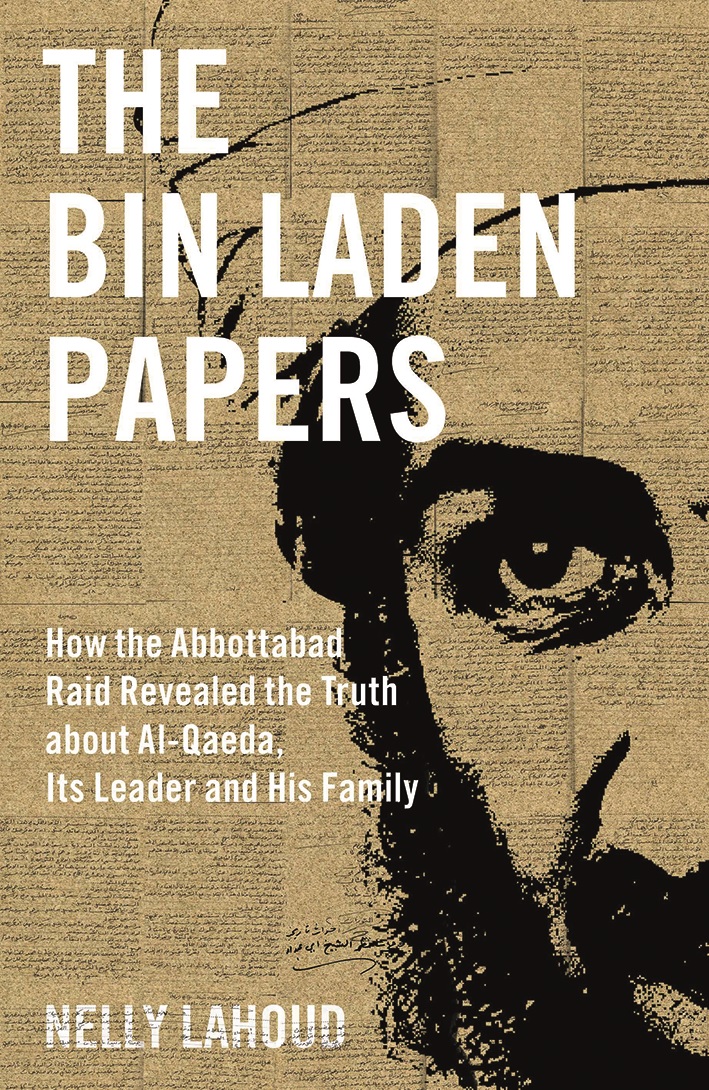 The Bin Laden Papers: How the Abbottabad Raid Revealed the Truth About al-Qaeda, its Leader and his Family by Nelly Lahoud (April)
The Bin Laden Papers: How the Abbottabad Raid Revealed the Truth About al-Qaeda, its Leader and his Family by Nelly Lahoud (April)
Bin Laden's greatest fear was not capture or death, but the exposure of al-Qaeda's secrets. In this ground-breaking book, Nelly Lahoud dives into Bin Laden's files and meticulously distills the nearly 6,000 pages of Arabic private communications. For the first time, al-Qaeda's closely guarded secrets are laid bare through firsthand accounts of al-Qaeda from 9/11 until the elimination of Bin Laden.
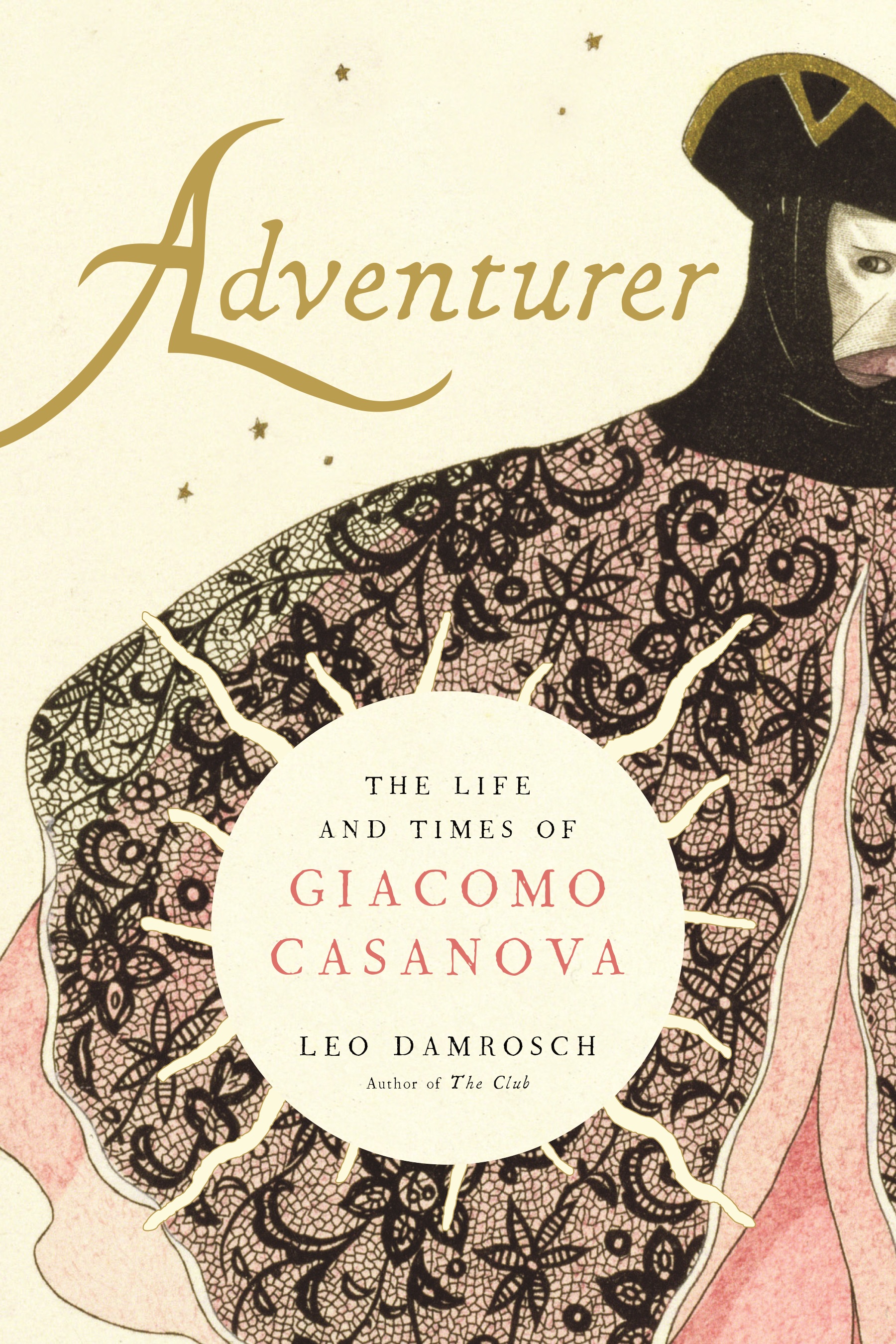 Adventurer: The Life and Times of Giacomo Casanova by Leo Damrosch (May)
Adventurer: The Life and Times of Giacomo Casanova by Leo Damrosch (May)
The bestselling author of The Club, Leo Damrosch now turns his attention to the world-famous libertine Giacomo Casanova. An alluring representative of the Enlightenment's shadowy underside, Casanova was an aspiring priest, an army officer, a fortune teller, a con man, a magus, a violinist, a mathematician, a Masonic master, an entrepreneur, a diplomat, a gambler, and a spy. Drawing on seldom used materials and probing deeply into the psychology, self-conceptions, and self-deceptions of one of the world's most famous con men and seducers, Damrosch offers a fast-paced, gripping, and devastating account of an Enlightenment man, freed from the bounds of moral convictions.
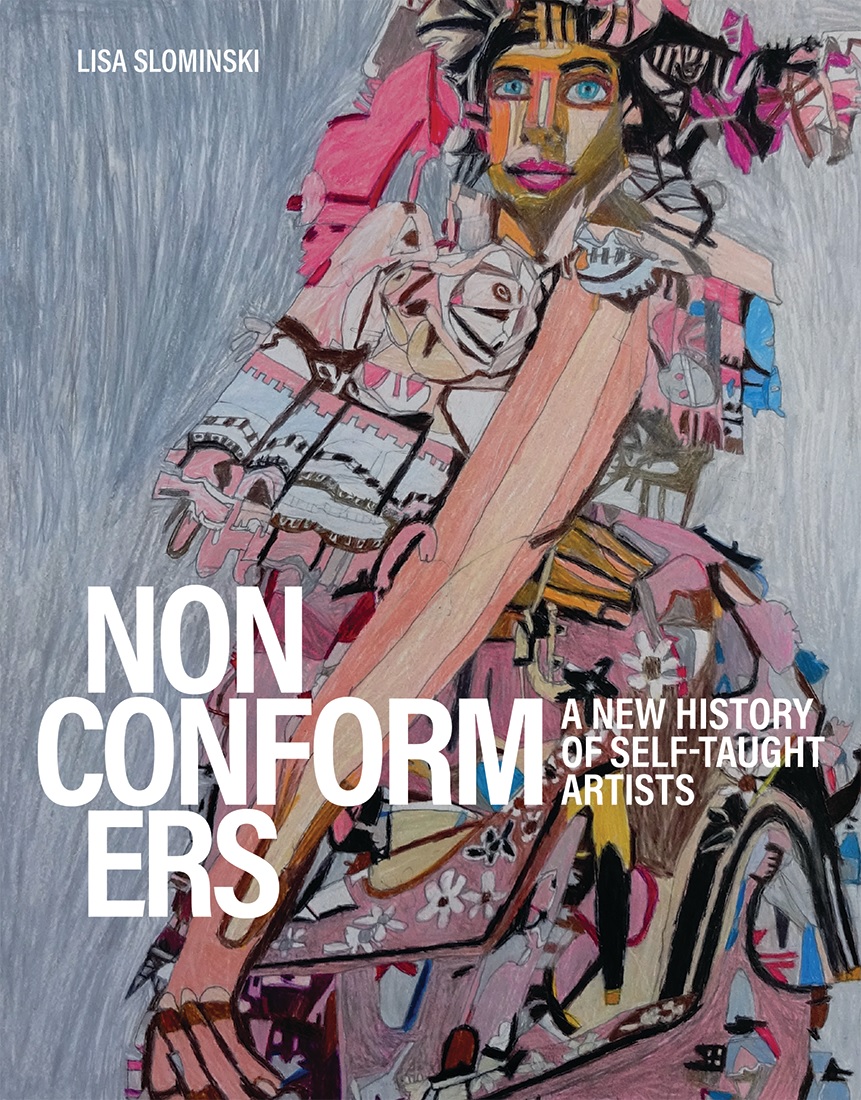 Nonconformers: A New History of Self-Taught Artists by Lisa Slominski (April)
Nonconformers: A New History of Self-Taught Artists by Lisa Slominski (April)
When the art world has paid attention to makers from outside the cultural establishment, including so-called outsider and self-taught artists, it has generally been within limiting categories. Yet these artists have had a transformative influence on the history of modern art. Responding to growing interest in these artists, this book, global in scope, offers a nuanced history of their work and how it has been understood from the early twentieth century to the present day.
 Winslow Homer: Crosscurrents by Stephanie L. Herdrich and Sylvia Yount (April)
Winslow Homer: Crosscurrents by Stephanie L. Herdrich and Sylvia Yount (April)
Long celebrated as the quintessential New England regionalist, Winslow Homer (1836–1910) in fact brushed a much wider canvas, traveling throughout the Atlantic world and frequently engaging in his art with issues of race, imperialism, and the environment. This publication focuses, for the first time, on the watercolors and oil paintings Homer made during visits to Bermuda, Cuba, coastal Florida, and the Bahamas. Among these, The Gulf Stream (1899), often considered the most consequential painting of his career, reveals Homer's lifelong fascination with struggle and conflict. Published by the Metropolitan Museum of Art.
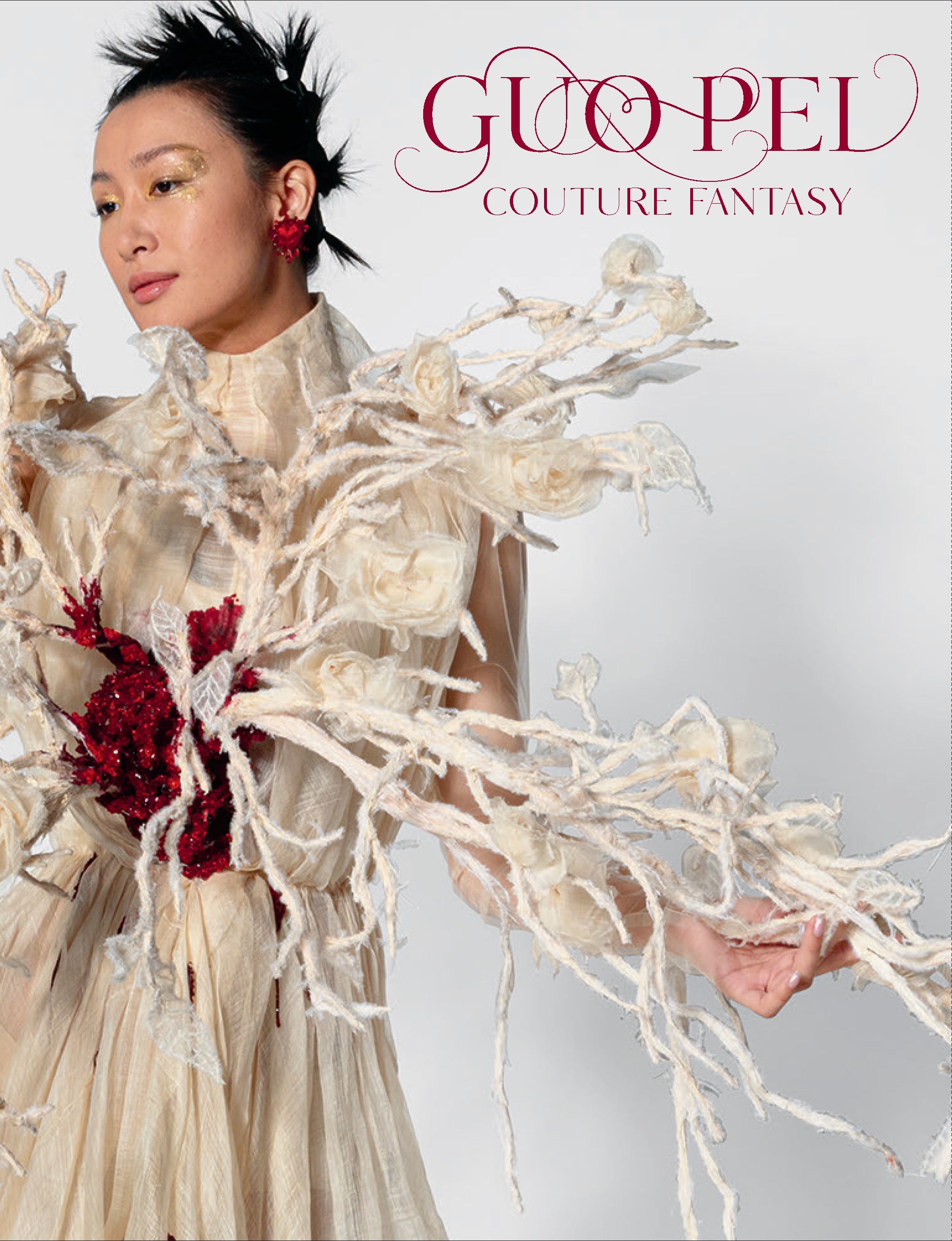 Guo Pei: Couture Fantasy by Jill D'Alessandro (May)
Guo Pei: Couture Fantasy by Jill D'Alessandro (May)
Journey into the imaginative realm of one of the world's most innovative fashion designers. Guo Pei, China's first couturier, is celebrated for dazzling designs that make the implausible possible. With more than 200 color illustrations highlighting 60 of her exquisite creations, this sumptuous volume showcases the garments' consummate craftsmanship, lavish embroidery, and unconventional dressmaking techniques. This stunning volume is complemented by a coloring book of some of Guo Pei's unpublished sketches that invites collaboration directly with the designer's process. Published in association with the Fine Arts Museums of San Francisco.
 Cezanne edited by Achim Borchardt-Hume, Gloria Groom, Caitlin Haskell, and Natalia Sidlina (May)
Cezanne edited by Achim Borchardt-Hume, Gloria Groom, Caitlin Haskell, and Natalia Sidlina (May)
In this fresh look at beloved French artist Paul Cezanne, his work across media and genres is considered by art historians and conservators as well as by a dazzling roster of renowned contemporary painters, including Etel Adnan, Phyllida Barlow, Paul Chan, Julia Fish, Ellen Gallagher, Lubaina Himid, Kerry James Marshall, Rodney McMillian, Laura Owens, and Luc Tuymans. Distributed for the Art Institute of Chicago.
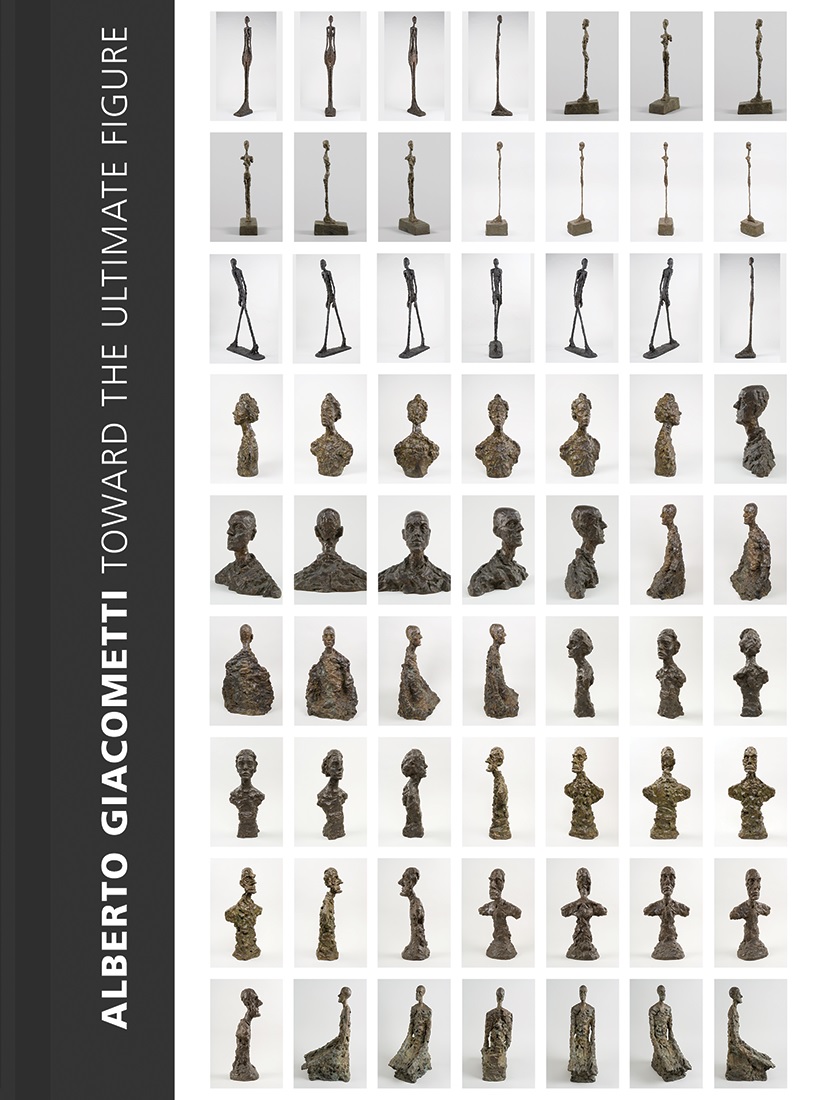 Alberto Giacometti: Toward the Ultimate Figure edited by Emilie Bouvard (June)
Alberto Giacometti: Toward the Ultimate Figure edited by Emilie Bouvard (June)
Showcasing more than 100 of his sculptures, drawings, and prints, this retrospective highlights the early and midcareer developments of Swiss artist Alberto Giacometti. The book's essays offer new perspectives on his era-defining sculptural masterpieces including the Walking Man, the Nose, and the Chariot. Distributed for the Cleveland Museum of Art.
![]() Traitor, Survivor, Icon: The Legacy of La Malinche edited by Victoria I. Lyall and Terezita Romo (March)
Traitor, Survivor, Icon: The Legacy of La Malinche edited by Victoria I. Lyall and Terezita Romo (March)
Explore the visual and cultural legacy of La Malinche, the enslaved Indigenous girl who became Hernán Cortés's interpreter, cultural translator, and the mother of his firstborn son. Five hundred years after her death, she is a figure of enduring significance in communities on both sides of the U.S.-Mexico border, at turns reviled as a traitor and hailed as the mother of modern Mexico. Traitor, Survivor, Icon documents her relevance to conversations around female empowerment, indigeneity, and national identity throughout the Americas. Published in association with the Denver Art Museum.
.
Following in the footsteps of E.H. Gombrich's bestseller A Little History of the World--now with over one million copies sold across all editions--Yale University Press's Little Histories series explores the history of the world's most remarkable people, events, and ideas. With engaging personal insights, our authors will take you on a whistle-stop journey from ancient times to the present--exploring all of life's big subjects from poetry to science.
As Yale University Press director John Donatich emphasizes, a key aspect of the series is their tone, which was set by Gombrich. "The tone of A Little History of the World is very special," Donatich says. "The book's quite accessible, avuncular rather than patriarchal, and has a wonderful way of inviting the reader to learn history."
Donatich noted the book's unusual origins. After receiving his doctorate in Austria in the mid-1930s, Gombrich worked as a reader for a publishing house. One MS that was meant to be a history of the world for young readers he judged as satisfactory but added that he could probably do a better job. The house took him up on the suggestion, giving him less than two months to turn the book around. Published in German in 1936, A Little History of the World was an immediate hit. Gombrich soon after emigrated to England, where he had a long career as an art historian whose major works include The Story of Art, Art and Illusion and Meditations on a Hobby Horse.
The Little Histories series began in 2005 with the publication of Gombrich's book in English translation and includes an illustrated version of A Little History of the World. Altogether Yale University Press has published 10 titles in the series, with more titles on the way. The series has been a steady seller, popular at independent bookstores, and sales have increased annually. The series helped give rise to some of Yale University Press's other series, including Jewish Lives and Why X Matters as well as the upcoming Black Lives and Ancient Lives series.
The Little Histories series start in hardcover and then appear in a high quality paperback, with deckle edges and cover flaps. The costs are relatively low, usually $26 for the hardcover and $15 or $16 for the paperback.
 The latest edition in the series is A Little History of Art by Charlotte Mullins (April). Why did our ancestors make art? What did art mean to them and what does their art mean for us today? Why is art even important at all? From the first artworks ever made and early masterpieces such as the Terracotta Army through the turbulence of the 20th century, this little history introduces us to overlooked artists, busts a few art history myths, and celebrates global networks of art, from Japan and India to South America and the Middle East.
The latest edition in the series is A Little History of Art by Charlotte Mullins (April). Why did our ancestors make art? What did art mean to them and what does their art mean for us today? Why is art even important at all? From the first artworks ever made and early masterpieces such as the Terracotta Army through the turbulence of the 20th century, this little history introduces us to overlooked artists, busts a few art history myths, and celebrates global networks of art, from Japan and India to South America and the Middle East.